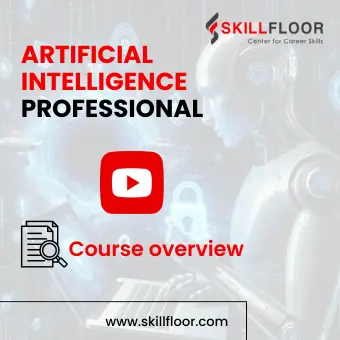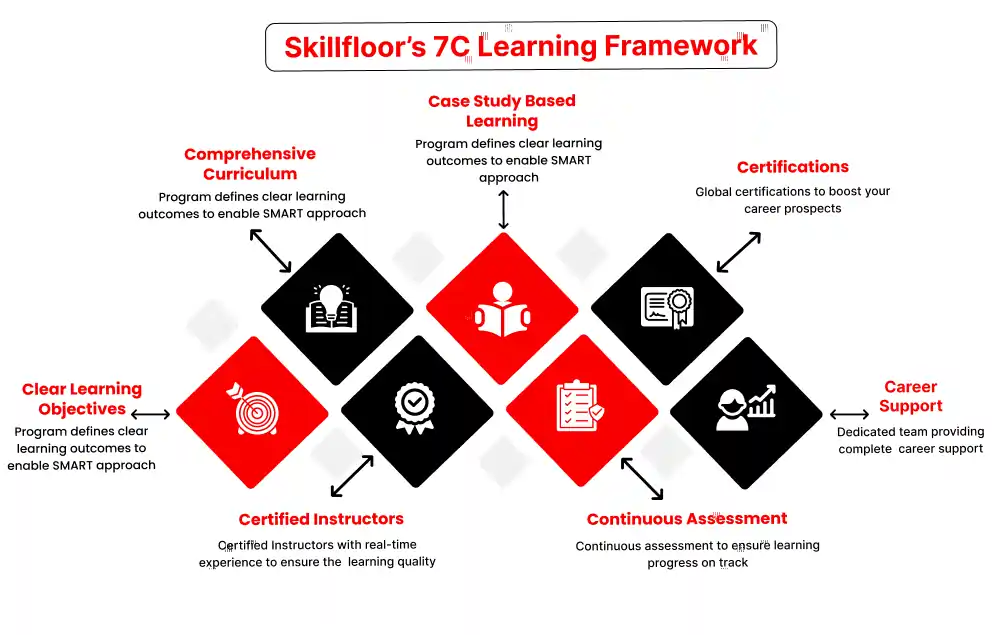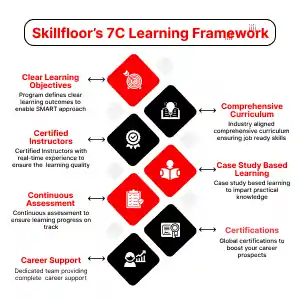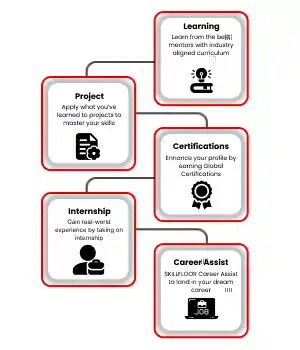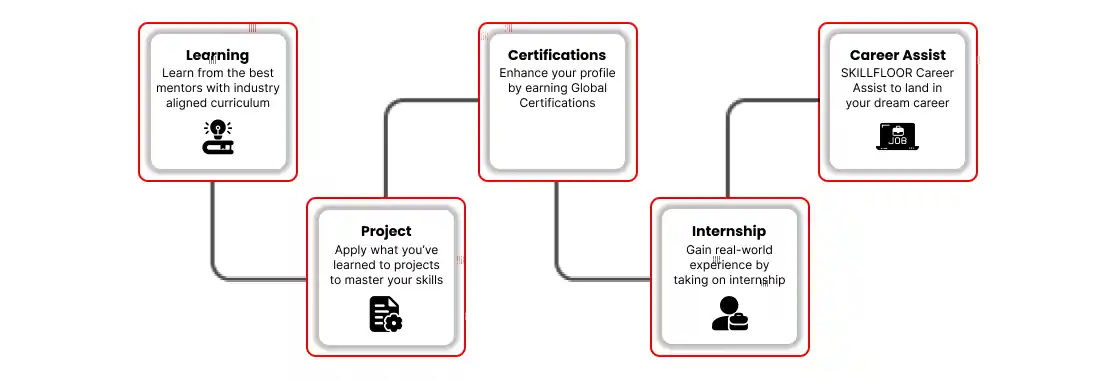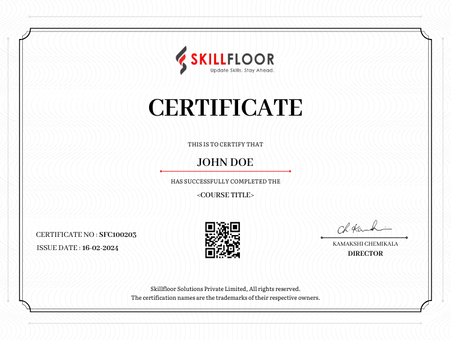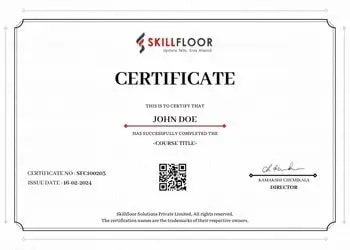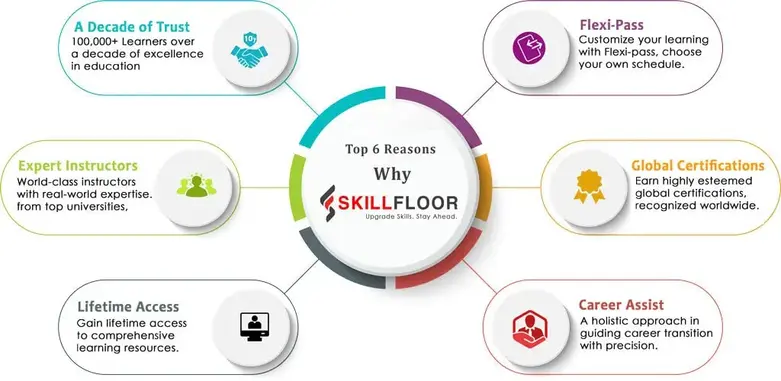Module 1: Introduction to Data Science
-Definition, Scope, and Applications
-Data Science vs. Data Analytics vs. Business Intelligence
-Key Roles in Data Science (Data Scientist, Data Analyst, etc.)
-Data Science Lifecycle (Data Collection, Cleaning, Analysis, and Reporting)
-Tools and Technologies Used in Data Science
Module 2: Data Collection and Cleaning
-Methods of Data Collection (Surveys, APIs, Web Scraping)
-Techniques for Data Cleaning (Handling Missing Values, Outliers)
-Data Transformation (Normalization, Standardization)
-Tools for Data Cleaning (OpenRefine, Pandas)
-Data Integration (Combining Data from Multiple Sources)
Module 3: Exploratory Data Analysis (EDA)
-Univariate and Bivariate Analysis
-Data Visualization Techniques (Histograms, Scatter Plots)
-Identifying Trends and Patterns in Data
-Summary Statistics (Mean, Median, Mode, Variance)
-Correlation Analysis and Heatmaps
Module 4: Statistical Foundations
-Descriptive vs. Inferential Statistics
-Probability Distributions (Normal, Binomial, Poisson)
-Statistical Tests (t-tests, Chi-square tests, ANOVA)
-Hypothesis Testing and Confidence Intervals
-Sampling Methods and Data Distribution
Module 5: Data Preparation
-Data Cleaning Best Practices
-Feature Engineering (Creating New Features from Existing Data)
-Feature Selection Techniques (Filter, Wrapper, Embedded Methods)
-Data Splitting (Training, Validation, Testing Sets)
-Handling Imbalanced Datasets (Resampling Techniques)
Module 6: Introduction to Machine Learning
-Overview of Supervised and Unsupervised Learning
-Introduction to Classification (Logistic Regression, KNN)
-Introduction to Regression (Linear Regression, Polynomial Regression)
-Evaluation Metrics (Accuracy, Precision, Recall, F1 Score)
-Basics of Model Overfitting and Underfitting
Module 7: Data Science Tools and Environments
-Python vs. R for Data Science
-Key Python Libraries (Pandas, NumPy, Scikit-Learn, Matplotlib)
-Setting Up Data Science Environments (Anaconda, Jupyter Notebook)
-Data Visualization Tools (Tableau, PowerBI)
-Collaborative Tools (GitHub, JupyterHub)
